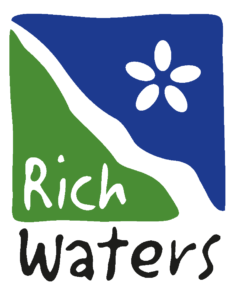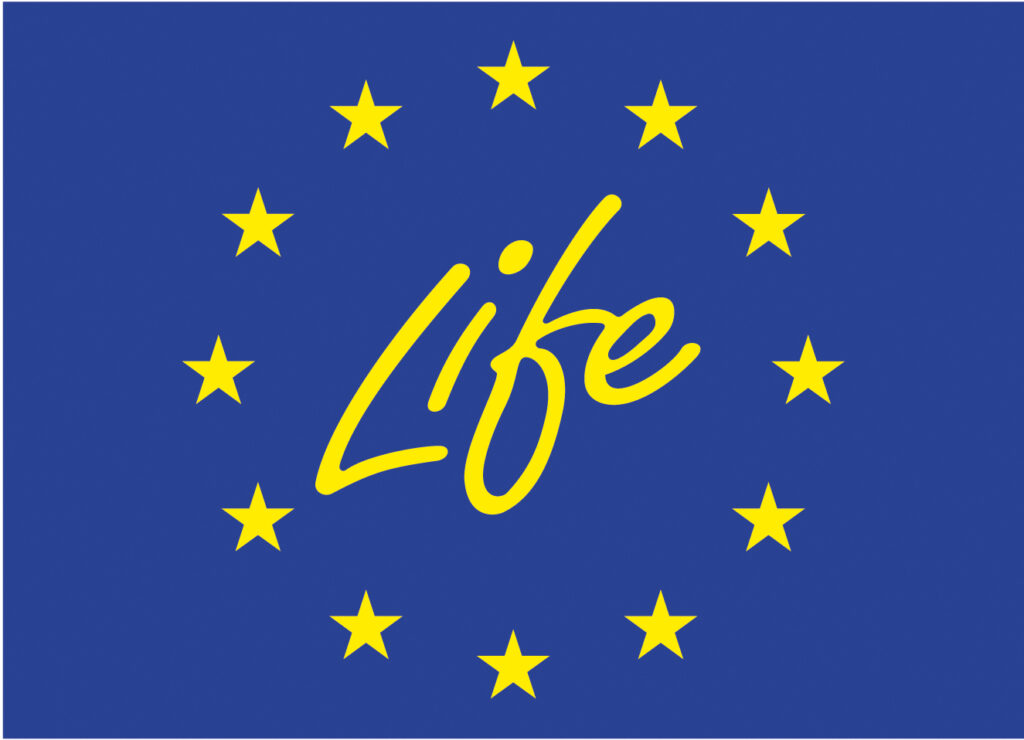Authors: Martin Karlsson and Martin Reutgard, Ecopelag 2019-12-30
Summary
”Innovative mussel farming to reduce nutrients” (”Små musslor med stort värde”) is a collaboration project between Ecopelag with Nacka municipality, Haninge municipality, Norrtälje municipality and the Archipelago Foundation (Skärgårdsstiftelsen). The project is one of 20 sub-projects within LIFE IP Rich LIFE IP Rich Waters extends over 7.5 years (Jan 1, 2017 – June 30, 2024) and the overall goal is to increase the pace and effectiveness of the program for environmental meassures in the Northern Baltic Water District. Rich Waters includes five thematic areas; eutrophication from external and internal loads, environmental toxins, connectivity and municipal water planning and is today one of Sweden’s largest environmental projects with 34 partners representing authorities, municipalities, companies, universities and water conservation associations (Figure 1). During the life of the project, a number of concrete measures will be implemented and a number of manuals, reports and guidelines will be published to facilitate water planning and prioritization of measures (www.richwaters.se).
Together with a complementary project in the municipality of Trosa, Ecopelags sub-project has deployed 28 pilot farms in the Northern Baltic’s water district with the aim of evaluating the conditions for mussel cultivation. Settlement and growth (scale length and weight) have been evaluated continuously during three years in four municipalities: Norrtälje, Nacka, Haninge and Trosa. The results from the farms were analyzed together with environmental variables (salinity, temperature, chlorophyll, wave exposure) to adapt and validate a statistical model.
This model was then used for predicting and developing a GIS layer that is intended to be used, for example, municipal water planning to identify possible mussel production areas. In addition to identifying possible areas for mussel cultivation, different cultivation substrates, depth of cultivation, nutritional and meat content and environmental toxin content were also investigated.
The results show that New Zealand cultivation ropes can produce 1 – 2 kg mussel / m / year in all participating municipalities, which can be compared with previous studies that have shown that mussel cultivation could be cost-effective already at 0.55-0.66 kg mussel / m / year. The nutrient content ranged from 0.56 – 1.01 g phosphorus / kg harvest and the nitrogen content
varied from 6.41 to 11.38 g / kg. The pollutant levels were consistently low and the majority of the compounds were below the detection at all the tested farming locations. The levels were also compared with set limits for feed according to X, fertilizers according to X and foodstuffs
according to X and all levels were below the respective limits.
Submerged farm
Mussels are grown in different ways around the world which both facilitate harvesting and preserve naturally occurring populations of mussels. In most places, equipment and methods are adapted to local conditions. Of the previous cultivation attempts made in the Baltic Sea, the majority have had problems with negative impacts from ice and ice drift (Karlsson, 2015; Lindahl, 2012). For this reason, a submerged method was chosen for this part of the project.
Two other aspects that motivated the development of submerged farms, especially in the archipelago environment, are that they are significantly less aesthetic invasive compared to surface cultivations and that they do not prevent recreational boats from passing directly over the cultivations.
After construction and local adaptation, the farm was deployed in Jungfrufjärden (Haninge municipality) in May 2017. The location was chosen mainly based on the current conditions on the site which are positive since it increases the mussel’s food supply and because it reduces the risk of a too high point load of nutrition during cultivation.
During the project period, the lowered prototype cultivation has been exposed to two ice winters without any negative impact. Settling has also been confirmed down to about 20 meters depth. Some of the mussels were harvested in the summer of 2019, which resulted in up to 5 kg / m cultivation rope. The farm is currently still in place and the remaining mussels will be used as test basis in future end-use-trials. Upscaling at the location will also take place during phases 2 and 3 to examine the effectiveness of the method on a larger scale as well as possible environmental impact.


